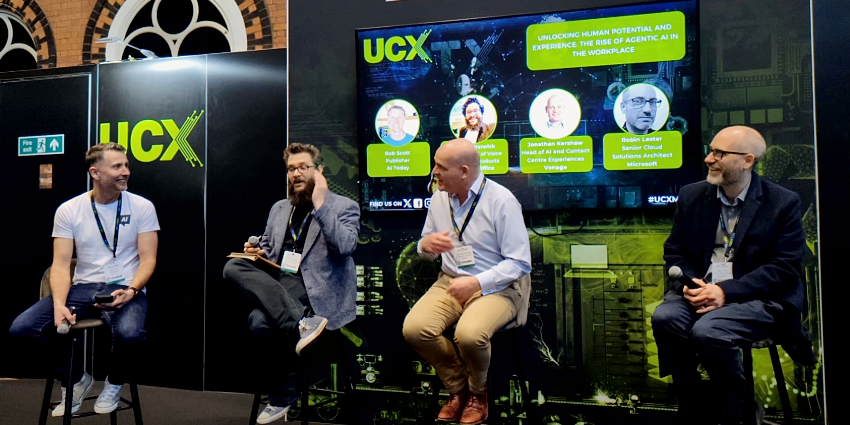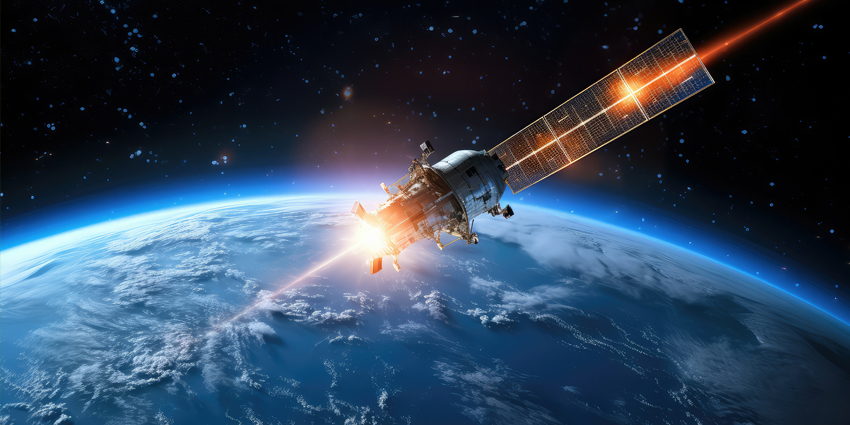This week brings technical enhancements and strategic maneuvers from leading AI companies, with developments that directly impact how enterprises implement and leverage artificial intelligence.
Several product updates introduce expanded capabilities with immediate applications for business use cases, while major investments could signal shifts in market positioning.
Google and NVIDIA Bring Agentic AI On-Premises
NVIDIA announced a strategic collaboration with Google Cloud to deploy Google’s Gemini family of AI models on-premises using NVIDIA’s Blackwell platform and Confidential Computing technology. This partnership specifically targets organizations that need agentic AI capabilities but face strict regulatory requirements and data sovereignty constraints.
Unlike traditional AI systems, agentic AI offers advanced reasoning capabilities that transform how enterprises solve complex problems. As NVIDIA explains:
Unlike AI models that perceive or generate based on learned knowledge, agentic AI systems can reason, adapt and make decisions in dynamic environments.
The on-premises solution brings Google’s Gemini models to secure environments through Google Distributed Cloud running on NVIDIA Blackwell HGX and DGX platforms. This addresses what NVIDIA calls “the on-premises dilemma” – until now, organizations with stringent security requirements couldn’t access the full capabilities of agentic AI from leading labs due to cloud-only deployment models.
Kawasaki Unveils AI-Powered Robotic ‘Horse’
Kawasaki Heavy Industries recently unveiled CORLEO, an off-road personal mobility vehicle with excellent all-terrain capability. Powered by four robotic legs, it combines the handling and stability of Kawasaki motorcycles while monitoring the rider’s movements to create unity between human and machine.
CORLEO features cutting-edge artificial intelligence that transforms how riders interact with challenging environments. The onboard AI constantly scans the terrain ahead, identifying optimal footfalls and potential hazards in real-time. This predictive system allows CORLEO to navigate complex obstacles without rider micromanagement.
The AI learns rider preferences over time, adapting its movement style to match individual riding habits. Its body-language recognition system interprets subtle weight shifts and posture changes, translating them into precise movement commands.

OpenAI’s Blueprint for European Business Growth
OpenAI has unveiled plans to boost EU computing power and train 100 million Europeans in AI skills by 2030, helping local businesses compete globally through its recently published EU Economic Blueprint.
The company proposes increasing EU computing capacity by at least 300% by 2030, focusing on geographically distributed infrastructure optimized for AI deployment. This investment in computing power comes as OpenAI continues to enjoy rapid growth, with revenues projected to reach $12.7 billion in 2025, more than triple its 2024 figure of $3.7 billion.
Beyond infrastructure, OpenAI is equipping European businesses with practical tools to implement AI solutions, including an Agent-Building Toolkit released in March 2025. Sam Altman, CEO of OpenAI, encapsulated the company’s approach:
We’ll make it better, we’ll make it cheaper, we’ll make it more widely available, but we really want to put it in people’s hands.
Grok 3 API Launches as Musk Teases Upgrades
xAI has released an API for its Grok 3 model, directly challenging OpenAI, Google, and Anthropic. The launch comes as Elon Musk revealed that Grok 3.5 with “significant upgrades” is coming soon, with Grok 4 planned for later this year.
The API gives developers access to two versions: Grok 3, the full model with reasoning capabilities, and Grok 3 Mini, a lighter version for less demanding applications. The standard Grok 3 is priced at $3 per million input tokens and $15 per million output tokens, while Grok 3 Mini costs $0.30 per million input tokens and $0.50 per million output tokens.
This pricing matches Anthropic’s Claude 3.7 Sonnet but exceeds Google’s Gemini 2.5 Pro, which scores higher on various AI benchmarks. The API currently supports a maximum of 131,072 tokens (about 97,500 words), falling short of the 1 million tokens xAI claimed Grok 3 could handle in February.
Experts Discuss Unlocking Human Potential with Agentic AI
At a panel at last week’s UCX Manchester, hosted by AI Today’s Rob Scott, industry experts gathered to explore how agentic AI is transforming workplaces by liberating human talent from routine tasks.
The panelists emphasized that, while technological capabilities continue to evolve rapidly, the most profound impact comes from allowing professionals to reclaim their time and mental space for what humans do best: connecting with empathy, thinking creatively, and solving complex problems that machines cannot address.
Jonathan Kershaw, Head of AI and Contact Centre Experiences at Vonage, explained the key differentiator of agentic AI:
This is a major evolution from the automated processes that businesses have relied on for decades. Now, [agentic AI] understands the context. It’s being done in real time. It can go out to data in other places, but I think the real difference is that it is goal-oriented. Now, it understands where it needs to go and works backwards.
The panel identified several key areas where agentic AI is already delivering substantial business value, including enhancing agent performance, goal-oriented customer service, and data analysis and insights.








